Understanding the Rise in Men's Cosmetic Services
The cosmetic services market for men has witnessed remarkable growth fueled by shifting attitudes towards male grooming, advances in minimally invasive treatments, and a cultural acceptance that embraces appearance enhancement. From Botox to body contouring and skincare routines, men are increasingly investing in their looks with personalized cosmetic treatments. This article delves into the statistics, popular procedures, and market dynamics driving this booming segment of the personal care and medical aesthetics industry.
Market Expansion and Economic Growth in Men's Grooming
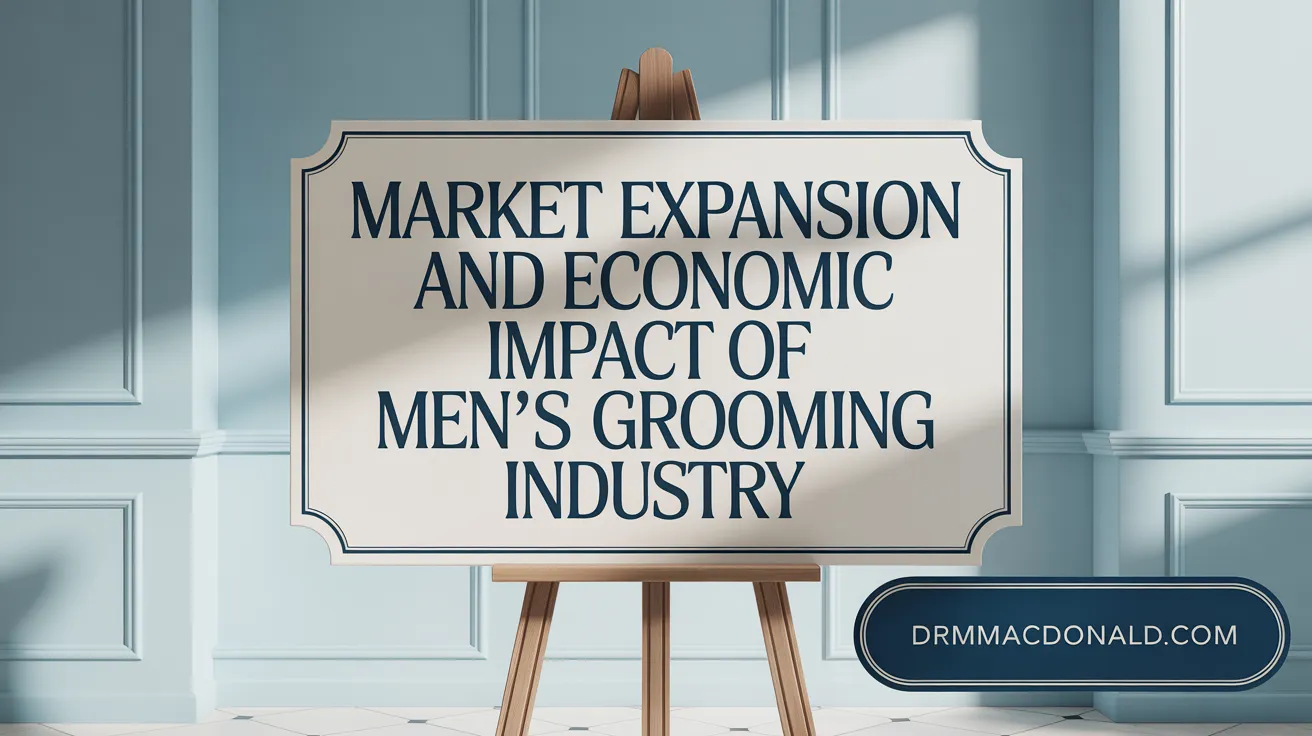
What is the size and projected growth of the men's cosmetic and grooming market?
The global men's grooming market has witnessed remarkable expansion in recent years. Valued at about $74.8 billion in 2021, it is projected to reach approximately $115 billion by 2028. Projections for 2030 anticipate the market soaring to nearly $276.9 billion, growing at an annual rate of 8.6%. This surge reflects evolving consumer attitudes and greater acceptance of male grooming and cosmetic products.
The men's skincare sector forms a significant portion of this market, with forecasts estimating its value to reach upwards of $30.9 billion by 2034. Compound annual growth rates (CAGR) for skincare products range from 6.5% to over 10%, depending on geographic regions and market segment, according to multiple detailed reports.
Regionally, North America remains a dominant player, capturing over a third of global market share due to established consumer bases and brand presence. Meanwhile, Asia Pacific is emerging rapidly with the fastest growth rates, fueled by rising disposable incomes and shifts in grooming culture, as detailed by grandviewresearch.com.
E-commerce has risen as a crucial distribution channel, experiencing double-digit growth in CAGR. Men's preference for online purchasing is driven by convenience, privacy, and access to personalized products. Social media platforms profoundly influence this market expansion by normalizing grooming habits and amplifying trends through influencer endorsements and targeted digital marketing, as explained in CNN's report on the booming male grooming industry.
Leading companies such as Procter & Gamble, L'Oréal, Unilever, and Beiersdorf spearhead the industry's growth, leveraging diverse product lines and innovative consumer engagement strategies across supermarkets, pharmacies, and online storefronts. The integration of digital technology and AI-powered personalized recommendations further accelerates consumer adoption and market penetration, according to insights from arbelle.ai on male beauty market trends.
Popular Cosmetic Procedures Among Men: Trends and Preferences
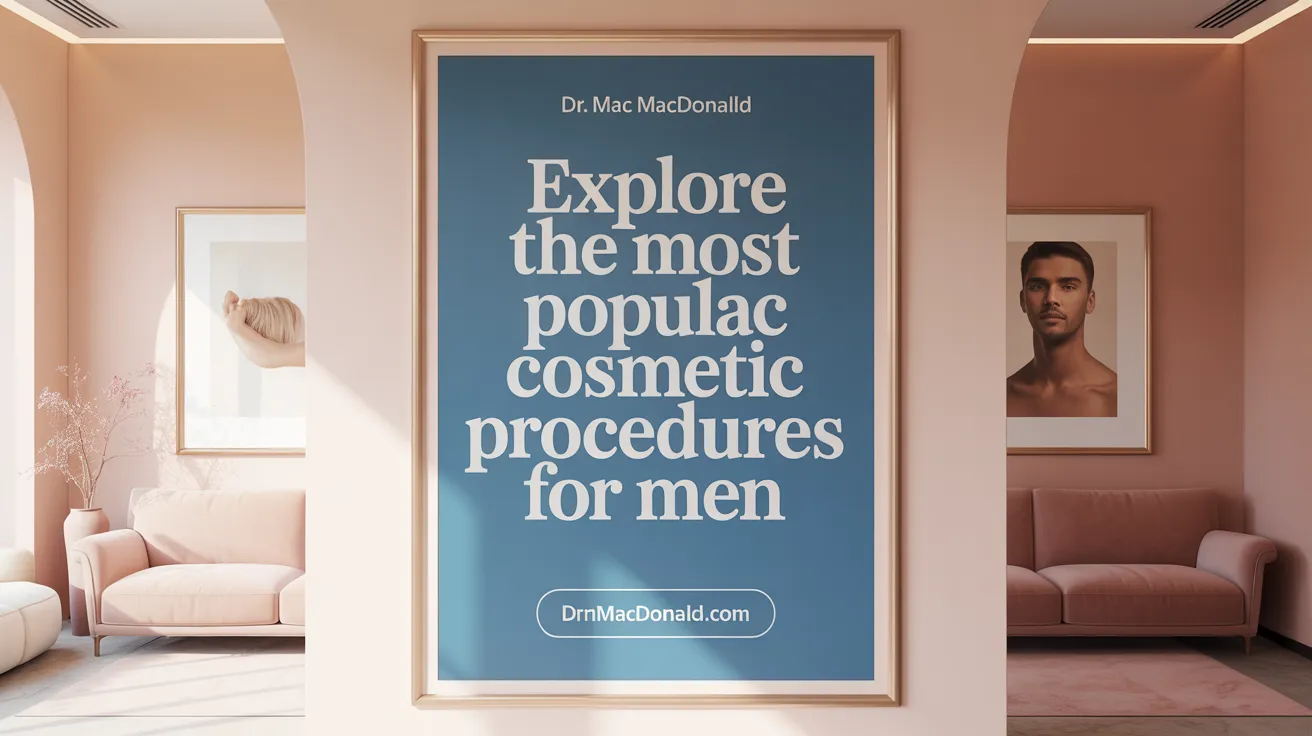
What cosmetic procedures are most popular among men?
Men are increasingly pursuing a variety of cosmetic enhancements, both surgical and nonsurgical, to maintain a youthful and masculine appearance. Among surgical options, gynecomastia surgery (male breast reduction) and liposuction rank as some of the most common. These procedures help achieve a sculpted body shape free of excess fat and glandular tissue, particularly targeting the chest, abdomen, and love handles.
Facial surgeries such as eyelid surgery (blepharoplasty), rhinoplasty, and facelifts are also prevalent, with eyelid surgery being notably common for creating a more alert, youthful look. Minimally invasive treatments are experiencing rapid growth, especially Botox (often called "Brotox") and dermal fillers. These injectables smooth wrinkles and restore facial volume without long recovery times, which appeals to busy men.
Laser hair removal and laser skin resurfacing are favored for improving skin texture and reducing unwanted hair, with growing numbers of men undergoing these procedures. Hair restoration treatments like NeoGraft are popular for combating male pattern baldness.
Trends in minimally invasive treatments like Botox and fillers
Botox procedures for men have surged dramatically, with hundreds of thousands performed annually. These treatments offer natural-looking results by selectively relaxing muscles to soften frown lines and crow’s feet, lasting three to four months.
Dermal fillers are used not just for wrinkle correction, but also to enhance masculine facial features like the jawline and cheekbones, supporting a stronger and more angular appearance. The preference for subtle enhancements that avoid feminization is especially important in male patients (source).
Age-related procedure popularity
Men in their 30s and 40s often seek neurotoxin injections and skin resurfacing for early signs of aging. Those in the 50-70 age range increasingly pursue facelifts, neck lifts, and body contouring to maintain a competitive edge in the workplace and social life (source).
Laser hair removal sees growth across a broad age range due to increased aesthetic awareness influenced by social media and lifestyle trends (source).
Anatomical and aesthetic considerations specific to men
Male anatomy demands specialized approaches to cosmetic procedures. Men typically have thicker skin, stronger skeletal features, and more prominent musculature, which influence surgical techniques and product formulations (source).
Facial sculpting focuses on enhancing angular features to maintain masculinity, avoiding feminizing outcomes common in procedures originally designed for women. Treatments are calibrated to accommodate differences such as larger foreheads and flatter cheeks (source).
These tailored approaches and the rise in minimally invasive options provide men with accessible, natural, and effective ways to improve appearance while embracing evolving cultural norms around male grooming and self-care (source).
Drivers Behind the Growth of Male Cosmetic Services
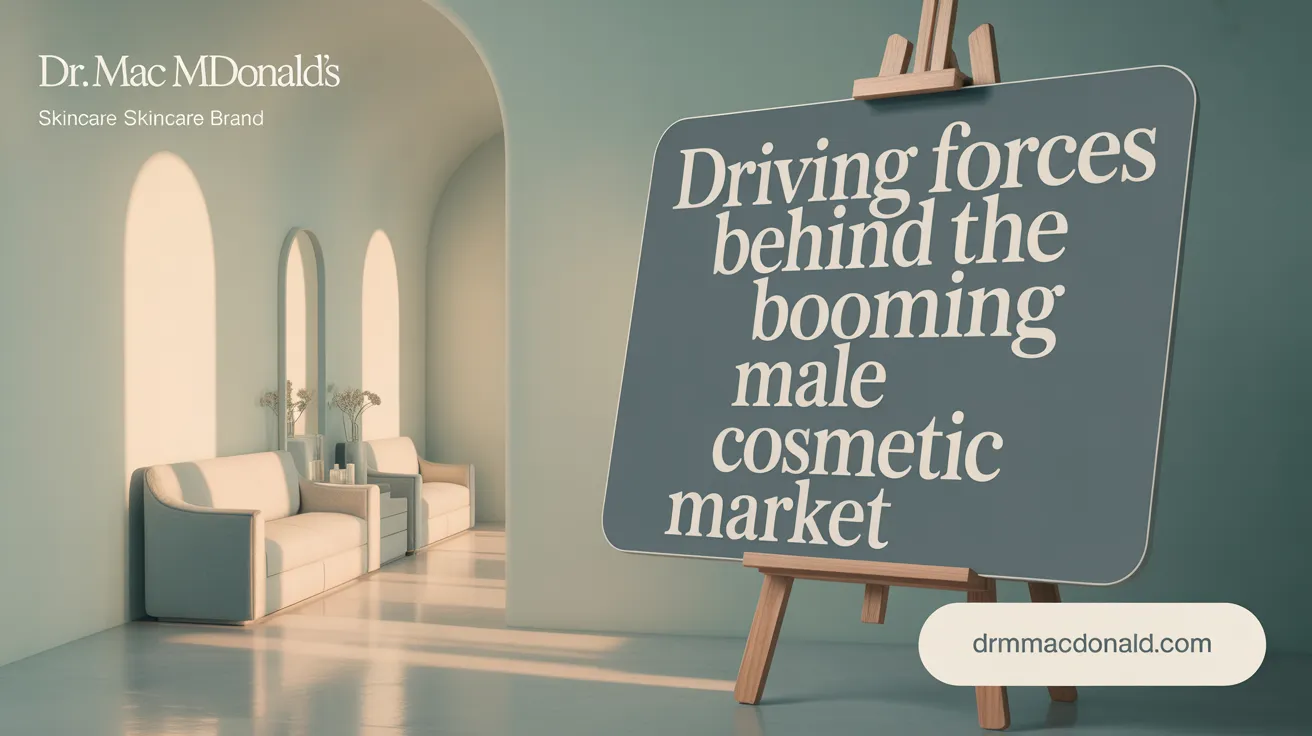
What factors are driving the increasing demand for cosmetic services among men?
Changing societal attitudes have broadened traditional concepts of masculinity, encouraging men to embrace grooming and self-care without stigma. This cultural shift is supported by the rise of social media and influencer culture, where celebrities and online personalities normalize and promote cosmetic procedures for men. Platforms like TikTok and Instagram expose men to new grooming routines, driving interest in treatments such as Botox, dermal fillers, and laser hair removal.
Professional and personal motivations also play a significant role. Many men, especially those in competitive workplaces and older age groups, seek cosmetic enhancements to maintain a youthful, vigorous appearance. This desire to look confident and stay competitive fuels growing demand. The growth of Botox in older men and increase in male cosmetic procedures reflect these trends.
Additionally, reduced stigma around male cosmetic procedures has improved market accessibility. Advances in minimally invasive treatments allow quicker recovery and natural results, making cosmetic services appealing for men balancing busy lifestyles. The ‘‘zoom boom’’ during the pandemic, which increased attention to facial appearance on video calls, further accelerated interest in aesthetic treatments. This aligns with data on the rise in facial plastic procedures and social media impact on male aesthetics.
In summary, a combination of evolving social norms, media influence, professional pressures, and technological progress drives the robust growth in male cosmetic service demand. For a deeper understanding, see reports on the male grooming market size and trends in male cosmetic surgery.
Men's Skincare Market: Growth and Innovations
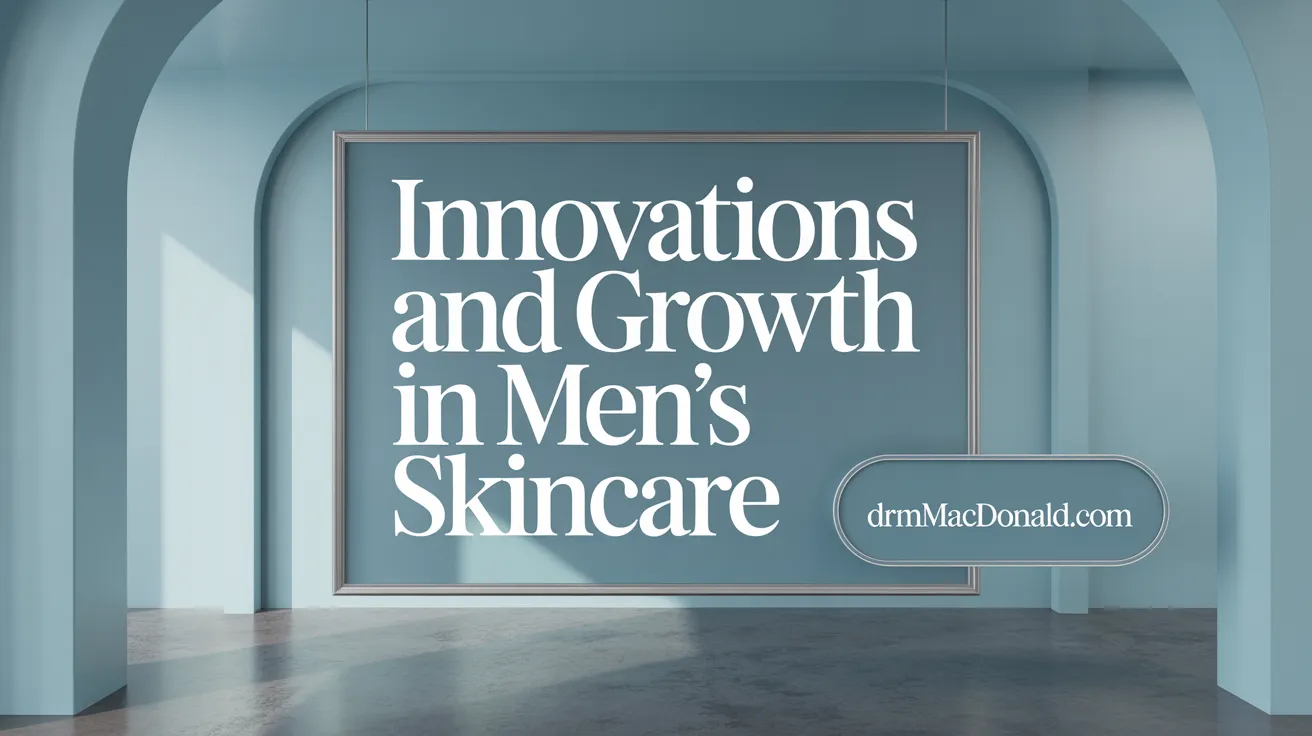
How is the men’s skincare market evolving?
The men’s skincare market is witnessing rapid expansion, with a valuation of approximately USD 16.9 billion in 2024 and expectations to more than double to USD 37.3 billion by 2035. This growth rate, exceeding 5% annually, is driven by changing cultural attitudes toward masculinity that embrace self-care and personal grooming across all age groups, especially among younger men.
A major driver is personalization in skincare, focusing on men’s unique needs such as thicker, oilier skin and specific concerns like acne, redness, and hyperpigmentation. Brands like Geologie and Apostle offer tailored product ranges, while subscription services such as Dollar Shave Club enhance accessibility and convenience.
Social media platforms, including Instagram, TikTok, and YouTube, play a significant role in shaping men’s grooming habits. Influencers and celebrity endorsements from figures like Dwayne Johnson and Idris Elba help normalize skincare routines and boost market appeal.
Product innovations emphasize multi-functionality, natural and organic ingredients, and eco-friendly packaging. Rising consumer demand for clean beauty has prompted many brands to launch gender-neutral lines designed for sensitive skin and anti-aging benefits.
E-commerce remains a fast-growing channel, offering discreet purchasing options that reduce stigma and enhance reach worldwide. The rise of digital marketing and AI-powered personalization tools also strengthens consumer engagement in this evolving market. For more details, see the Men's Skincare Market Trends 2025-2030.
Anatomical and Procedural Considerations in Male Cosmetic Treatments

How do anatomical differences influence cosmetic procedures for men?
Men's anatomy significantly shapes how cosmetic procedures are designed and performed. Unlike women, men typically have thicker skin and greater skeletal musculature. Features such as more prominent supraorbital ridges, larger foreheads, and stronger jawlines define masculine facial structure.
These distinctive traits require tailored approaches in both surgical and nonsurgical treatments. For instance, injectables like Botox for men and dermal fillers for men are precisely placed to preserve angular, chiseled features rather than soften them, which could feminize the face. Surgeons carefully avoid overcorrection that diminishes masculinity.
In surgical procedures like facelifts for men or neck lifts, techniques emphasize enhancing masculine contours—strengthening the jawline or minimizing sagging without creating overly smooth or rounded results. Male breast reduction (gynecomastia surgery) and liposuction for men are also performed with attention to masculine body shape and proportions.
The importance of experience cannot be overstated. Board-certified surgeons specialized in male cosmetic care understand these anatomical nuances and patient goals. Their expertise ensures natural, balanced outcomes that meet men's aesthetic expectations while maintaining their inherent masculinity.
Technology and Future Trends in Male Aesthetic Services
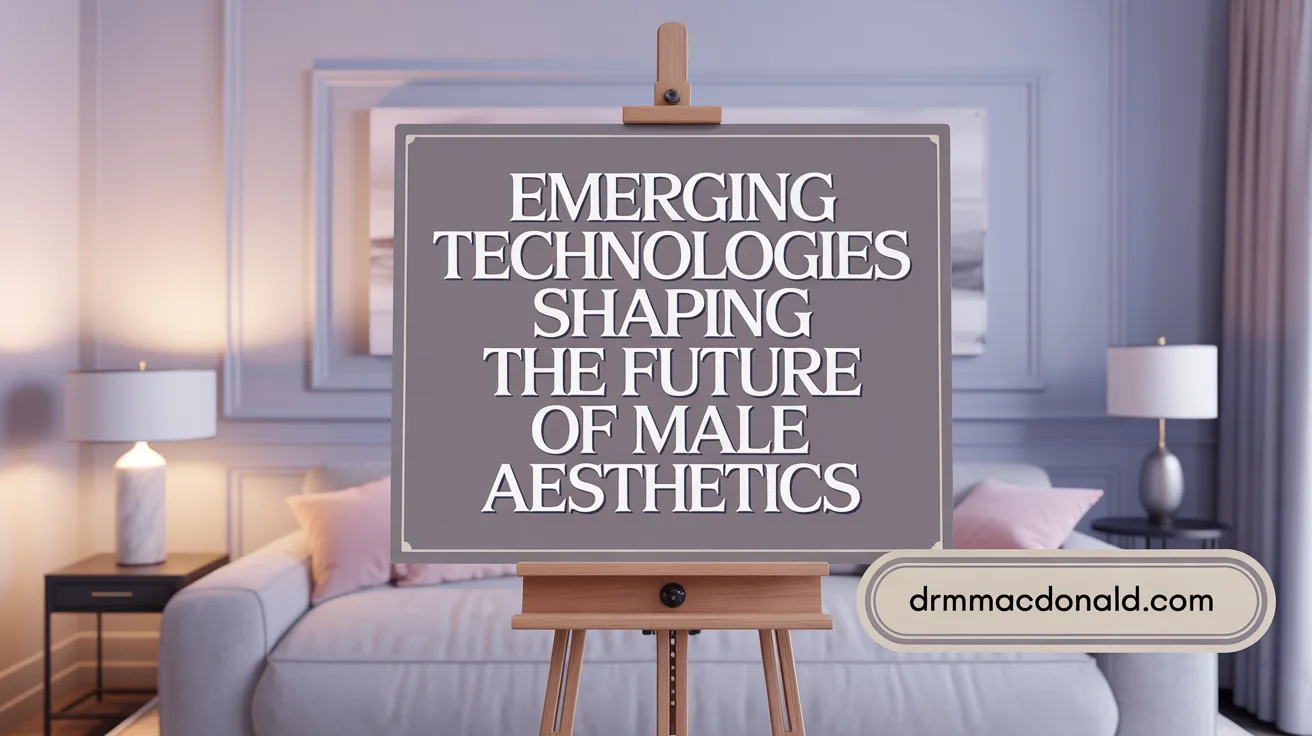
What technological and market trends are shaping the future of men's cosmetic services?
Men’s aesthetic services are evolving rapidly thanks to several cutting-edge technologies and market shifts. Regenerative medicine techniques, such as platelet-rich plasma (PRP) and exosome therapy, are emerging as promising treatments that promote natural skin rejuvenation at the cellular level. Minimally invasive procedures, including high-definition liposuction and non-surgical lifting methods like Ultherapy and thread lifts, offer effective results with minimal downtime, fitting well with busy lifestyles (source, source).
Artificial intelligence (AI) plays a growing role by providing virtual try-on technology and personalized skincare recommendations. These AI-powered tools deliver private, tailored shopping experiences that boost consumer confidence and facilitate informed decisions (source).
The market is also witnessing increased acceptance of gender-neutral and clean beauty products, reflecting broader cultural shifts towards inclusivity and sustainability. Brands are innovating with natural, organic ingredients and eco-friendly packaging to meet these demands (source, source).
E-commerce platforms are expanding as key channels, allowing men to discreetly explore a wide range of products and treatments from the comfort of their homes. With online sales growing rapidly, personalized subscription services and direct-to-consumer models are gaining traction, particularly among younger generations (source, source).
This blend of technological advancements and changing consumer preferences is driving the future growth of the male cosmetic market, making treatments more accessible, personalized, and aligned with modern lifestyle trends (source, source).
The Expanding Horizon of Men’s Cosmetic Services
The surge in cosmetic services for men reflects far-reaching cultural, technological, and economic shifts. As men increasingly value appearance as part of personal and professional well-being, the market for male cosmetic procedures and skincare is expanding robustly. Advances in minimally invasive techniques, tailored aesthetic approaches, and innovative products continue to attract a growing male clientele. With social acceptance rising and empowered by digital platforms, men are embracing a new era of grooming and cosmetic care, making this a dynamic and sustained growth market for years to come.
